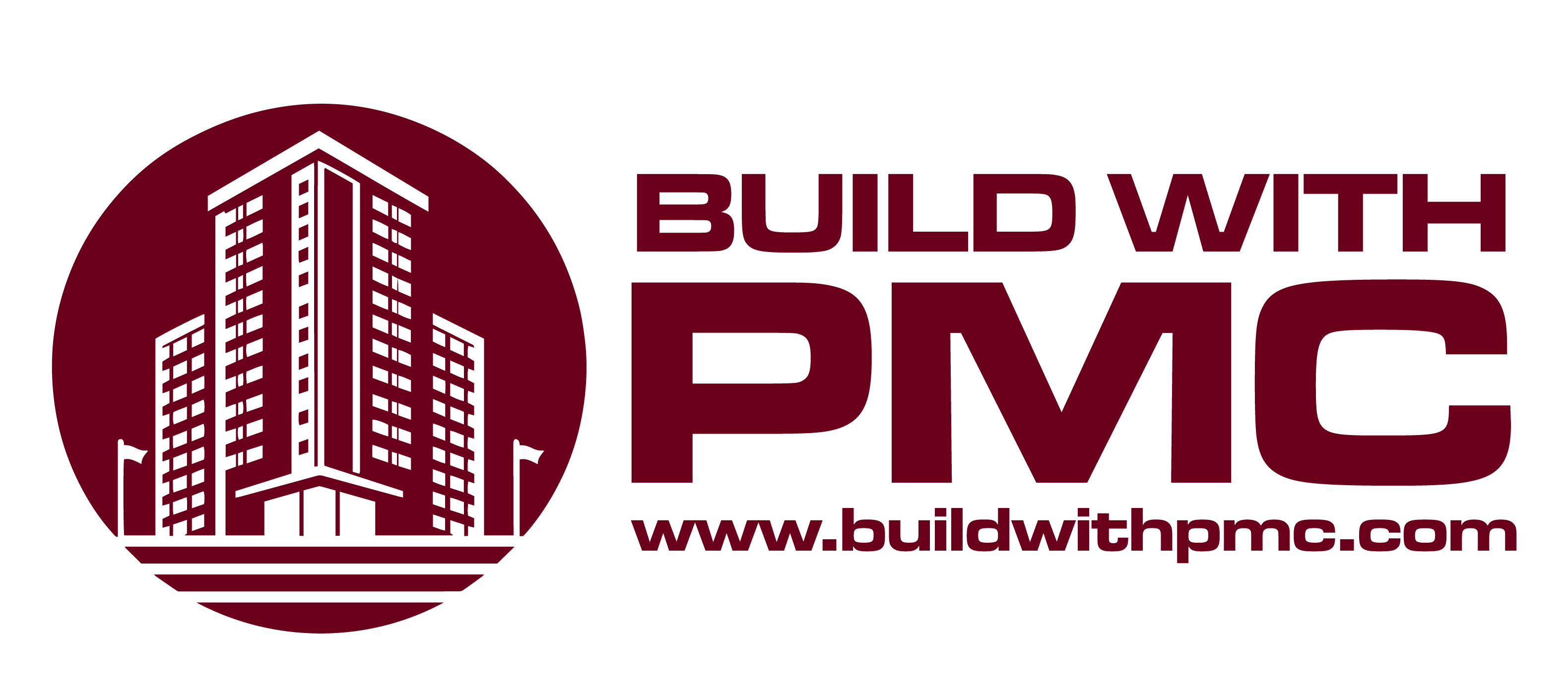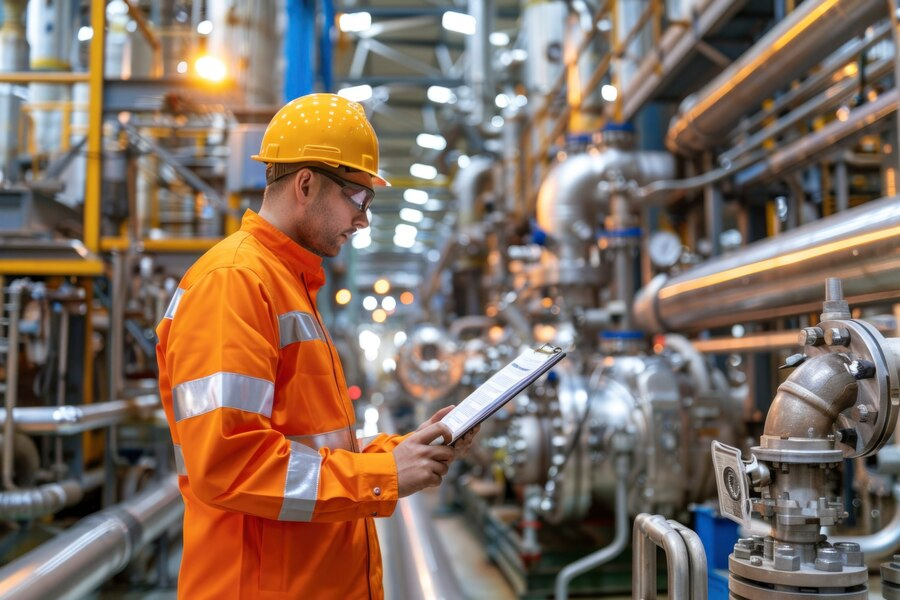When it comes to designing and constructing buildings that are both functional and enduring, structural steel plays an indispensable role. From towering skyscrapers to simple residential homes, the use of structural steel has revolutionized the way we build. This blog delves into why structural steel is essential for strong building design, exploring its benefits, applications, and the reasons it continues to be a preferred material for architects and engineers worldwide.
The Basics of Structural Steel
Structural steel is a category of steel used for making construction materials in a variety of shapes. It is produced by rolling or pressing hot steel into various shapes to create beams, columns, channels, and angles. These shapes are then used in building frameworks to support loads and resist forces such as wind, earthquakes, and gravity.
One of the defining features of structural steel is its high strength-to-weight ratio. This means it can support a lot of weight relative to its own weight, making it an ideal choice for supporting large structures. Additionally, steel is highly ductile, which means it can withstand significant deformation before failing, an essential property in seismic design.
The Importance of Structural Steel in Building Design
Structural steel is fundamental to modern building design due to its unparalleled strength and versatility. Its ability to support significant loads and span long distances makes it an essential material for creating robust structures, from skyscrapers to bridges. The precision and consistency in steel manufacturing allow architects to explore innovative designs and architectural forms that would be challenging with other materials.
Moreover, structural steel’s durability ensures that buildings can withstand various environmental conditions and stresses over time. Its resistance to factors like weather, pests, and fire contributes to the longevity of structures. As a result, structural steel continues to be a preferred choice for ensuring the safety and stability of both residential and commercial buildings.
The Benefits of Structural Steel
Strength and Durability
Structural steel’s primary advantage is its incredible strength. It can bear heavy loads and withstand significant stress, which makes it suitable for a wide range of applications. Its durability ensures that buildings and bridges can stand the test of time, even under harsh environmental conditions.
The resilience of structural steel also means that it can endure extreme weather conditions. Whether it’s high winds, heavy snowfall, or intense heat, steel structures are built to last. This durability reduces the need for frequent repairs and maintenance, leading to cost savings over the life of the building.
Flexibility and Design Freedom
Steel’s flexibility allows architects to design more innovative and ambitious structures. Unlike traditional materials like wood or concrete, steel can be molded into various shapes and sizes, facilitating the creation of complex designs. This flexibility is particularly beneficial for modern architecture, where open spaces and unconventional shapes are increasingly popular.
The ability to construct large spans with fewer supports is another advantage. This means that architects can design open-plan interiors and create expansive spaces without the need for obstructive columns or beams.

Speed of Construction
One of the most significant benefits of using structural steel is the speed at which it can be assembled. Steel components are manufactured off-site in a controlled environment, which ensures high quality and precision. Once on-site, these pre-fabricated components can be quickly assembled, reducing the overall construction time.
This rapid construction process not only saves time but also minimizes disruption to the surrounding area. In urban settings where space is limited and construction activities can cause significant disturbances, the efficiency of steel construction is particularly advantageous.
Sustainability
In today’s environmentally conscious world, sustainability is a critical consideration in construction. Structural steel is a highly sustainable material due to its recyclability. Steel can be recycled repeatedly without losing its quality or strength, making it an eco-friendly choice for building projects.
Moreover, the energy required to manufacture steel has been significantly reduced over the years. Modern steel production techniques are more efficient, resulting in lower carbon emissions. By choosing steel, builders can contribute to a more sustainable construction industry.
Fire Resistance
Structural steel is inherently fire-resistant. While steel does lose strength when exposed to high temperatures, it does not burn or contribute to the spread of fire. Fire-resistant coatings and treatments can further enhance steel’s ability to withstand fire, making it a reliable choice for buildings where fire safety is a concern.
Cost-Effectiveness
Despite the initial cost of steel being higher than some other materials, its long-term cost-effectiveness is notable. The durability and low maintenance requirements of steel structures mean fewer repairs and replacements are needed over time. Additionally, the speed of construction can lead to savings on labor costs and faster return on investment for commercial projects.
Applications of Structural Steel
Structural steel is used in various applications across different types of buildings and structures. Here are some common uses:
- Skyscrapers and High-Rise Buildings: Steel’s ability to support large loads and span wide distances makes it the material of choice for skyscrapers and high-rise buildings. The Empire State Building, the Burj Khalifa, and countless other iconic structures are built with steel frameworks that allow them to reach impressive heights while remaining stable.
- Bridges: Bridges often require strong, durable materials to handle the immense stresses placed on them by traffic and environmental conditions. Structural steel’s strength and flexibility make it ideal for bridge construction, enabling the creation of long spans and complex designs. Famous examples include the Golden Gate Bridge and the Brooklyn Bridge.
- Industrial Buildings: Industrial facilities, such as warehouses, factories, and distribution centers, benefit from steel’s durability and ability to create large open spaces. Steel structures can support heavy equipment and withstand the wear and tear of industrial processes.
- Residential Buildings: While steel is often associated with commercial and industrial applications, it is increasingly used in residential construction. Modern homes and residential complexes benefit from steel’s strength, design flexibility, and resistance to environmental factors.
- Stadiums and Auditoriums: The large spans required for stadiums and auditoriums are easily achieved with structural steel. Its ability to support heavy roofs and create unobstructed viewing areas makes it a popular choice for sports arenas and performance spaces.
How Structural Steel Shapes Strong and Durable Structures
Structural steel plays a crucial role in shaping strong and durable buildings by providing essential support and stability. Its strength enables the construction of large spans and tall structures without the need for numerous supporting columns. This characteristic is particularly beneficial for creating open-plan interiors and expansive public spaces.
Durability is another key attribute of structural steel. It withstands harsh weather conditions and heavy loads over extended periods, ensuring that buildings remain safe and functional. This resilience reduces the need for frequent repairs and maintenance, leading to long-term cost savings and increased longevity of the structure.
Why Structural Steel Is Key to Modern Building Success
Structural steel is pivotal to the success of modern building projects due to its ability to support ambitious architectural designs. Its high strength-to-weight ratio allows for the construction of sleek, tall buildings and intricate designs that would be challenging with other materials. This capability is crucial for achieving the modern aesthetic and functionality demanded by contemporary architecture.
Additionally, the speed of construction with structural steel significantly contributes to project success. Prefabricated steel components can be quickly assembled on-site, reducing construction time and minimizing disruptions. This efficiency not only accelerates project completion but also enhances overall cost-effectiveness and project management.
The Role of Structural Steel in Creating Resilient Buildings
Structural steel is essential for creating resilient buildings that can endure various stresses and environmental factors. Its inherent strength and flexibility make it ideal for structures exposed to dynamic loads, such as those found in earthquake-prone areas. Steel’s ability to deform without breaking allows buildings to absorb and dissipate energy during seismic events, enhancing their resilience.
Moreover, structural steel’s resistance to extreme weather conditions and its fire-resistant properties further contribute to building resilience. Properly treated and maintained steel structures can withstand harsh climates, high winds, and intense heat, ensuring that they remain safe and functional for many years.
Structural Steel: The Backbone of Strong Building Projects
Structural steel serves as the backbone of strong building projects by providing a stable and reliable framework for construction. Its superior strength allows it to support large loads and withstand significant stress, making it a critical component in high-rise buildings, bridges, and industrial facilities. This stability ensures that the overall structure is secure and capable of handling various forces.
The adaptability of structural steel also plays a key role in its effectiveness. It can be fabricated into numerous shapes and sizes to fit specific design requirements, offering flexibility for both structural and aesthetic purposes. This versatility ensures that building projects not only meet functional needs but also achieve desired architectural outcomes.
Conclusion
Structural steel is undeniably a cornerstone of modern building design, offering unparalleled strength, flexibility, and durability. Its ability to support innovative architectural designs while ensuring safety and resilience makes it an essential material in today’s construction projects. From skyscrapers to bridges, structural steel’s contributions are vital in creating structures that stand the test of time and meet the demands of contemporary engineering.
At PMC INC, we specialize in leveraging the benefits of structural steel to deliver exceptional construction solutions. If you have a project in Fontana or the surrounding areas and need expert advice or assistance with your building design, don’t hesitate to reach out. Contact us at 562-905-3101 or visit our office at 14563 Manzanita Dr, Fontana, CA 92335. We’re here to help you build strong, resilient structures.




